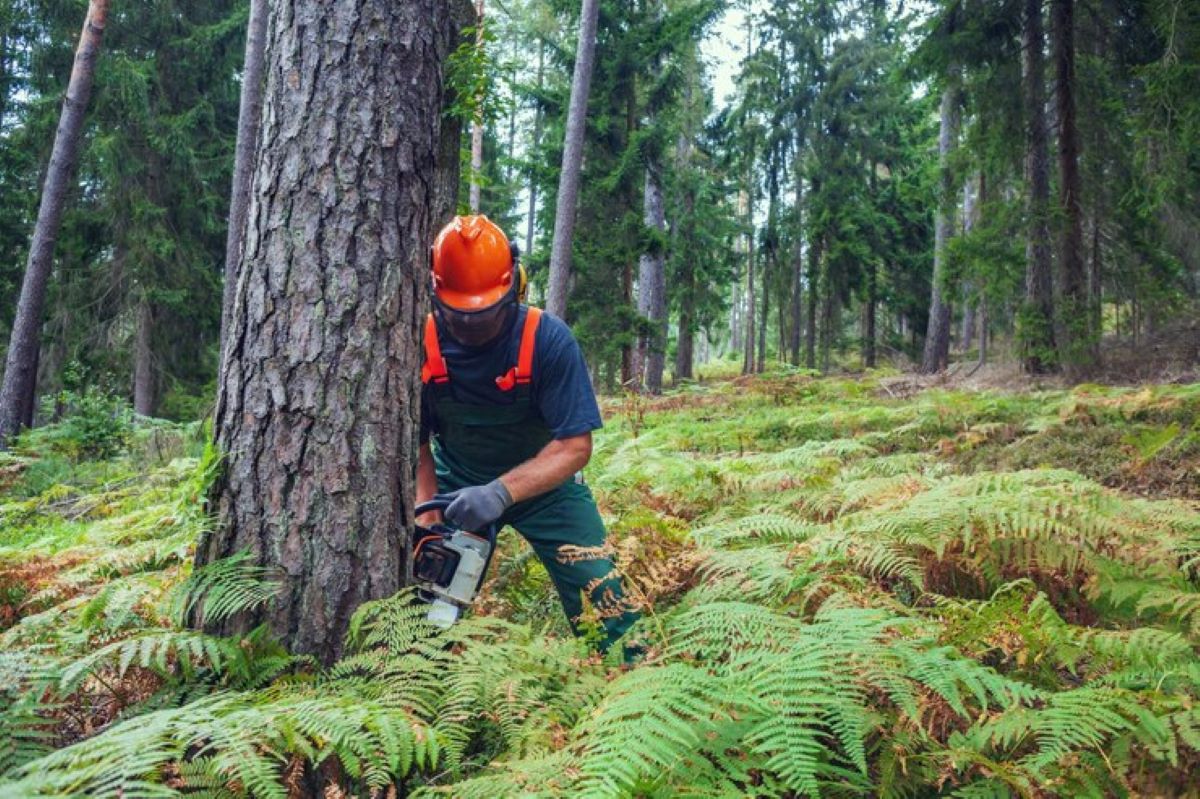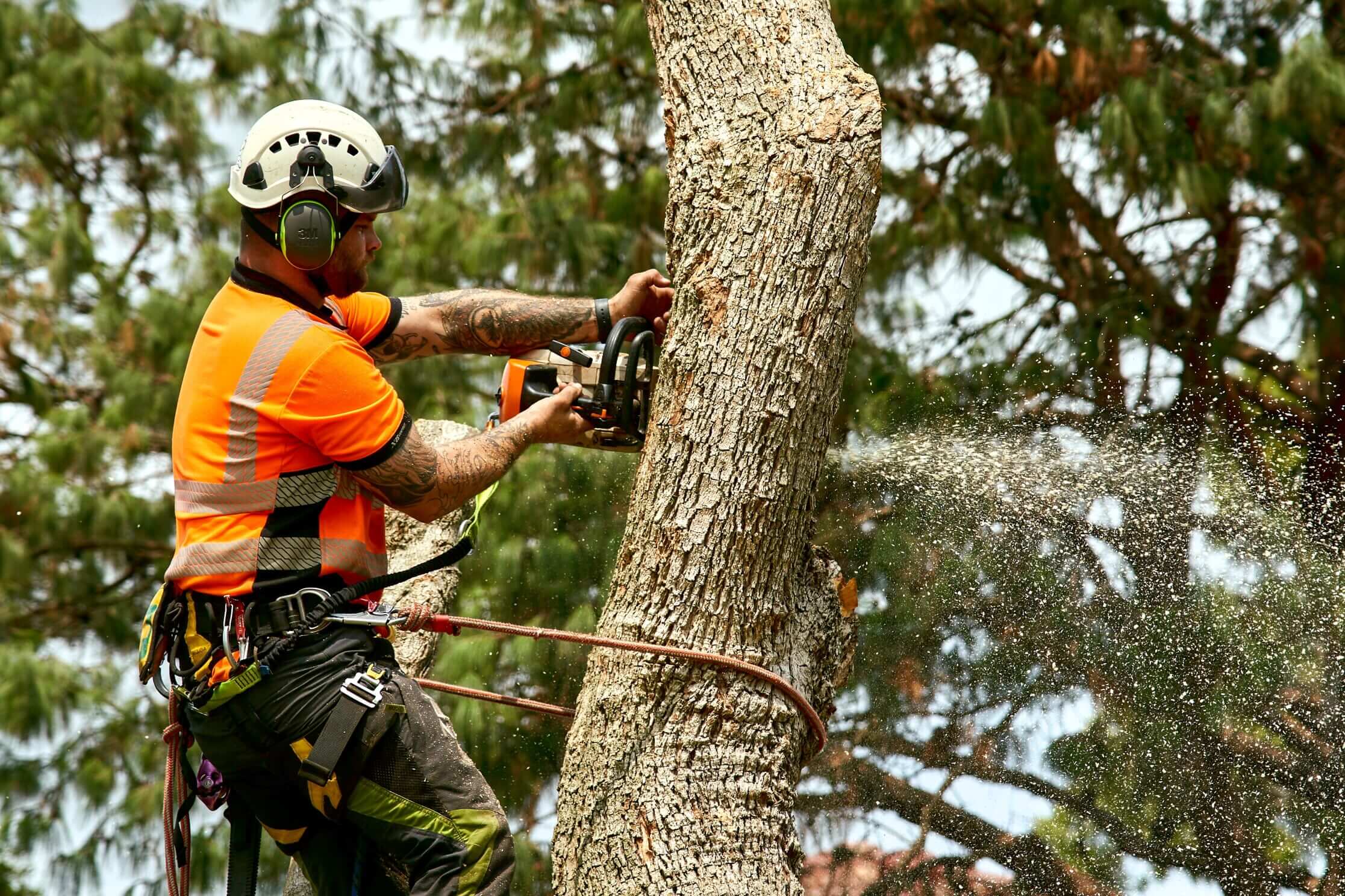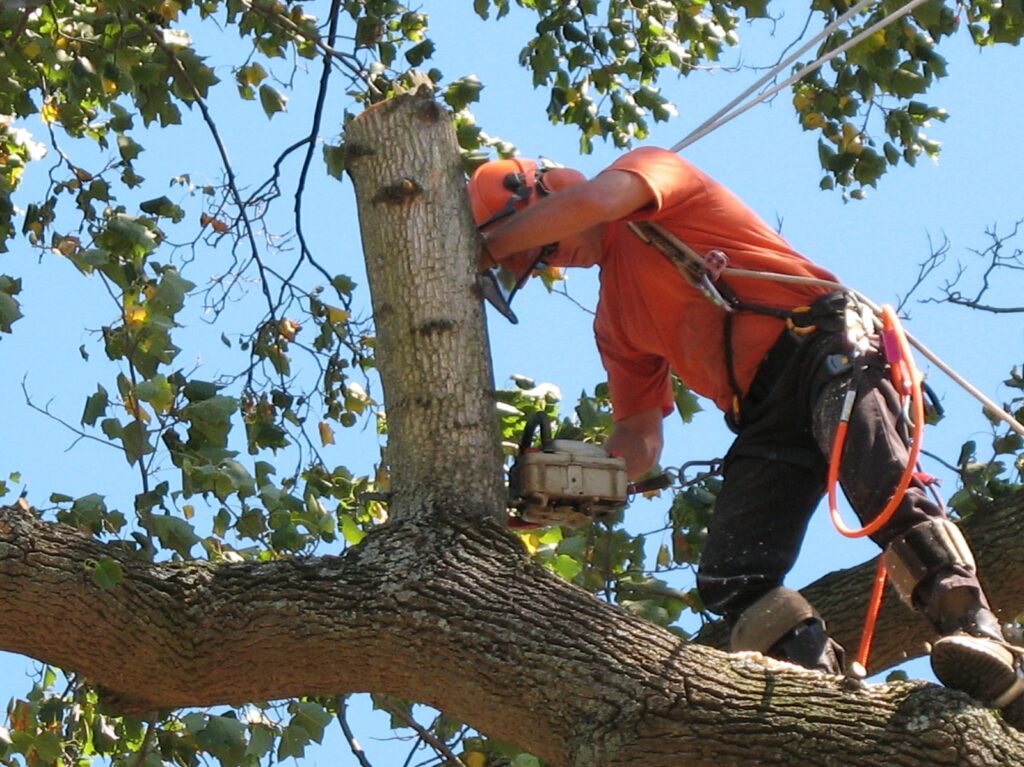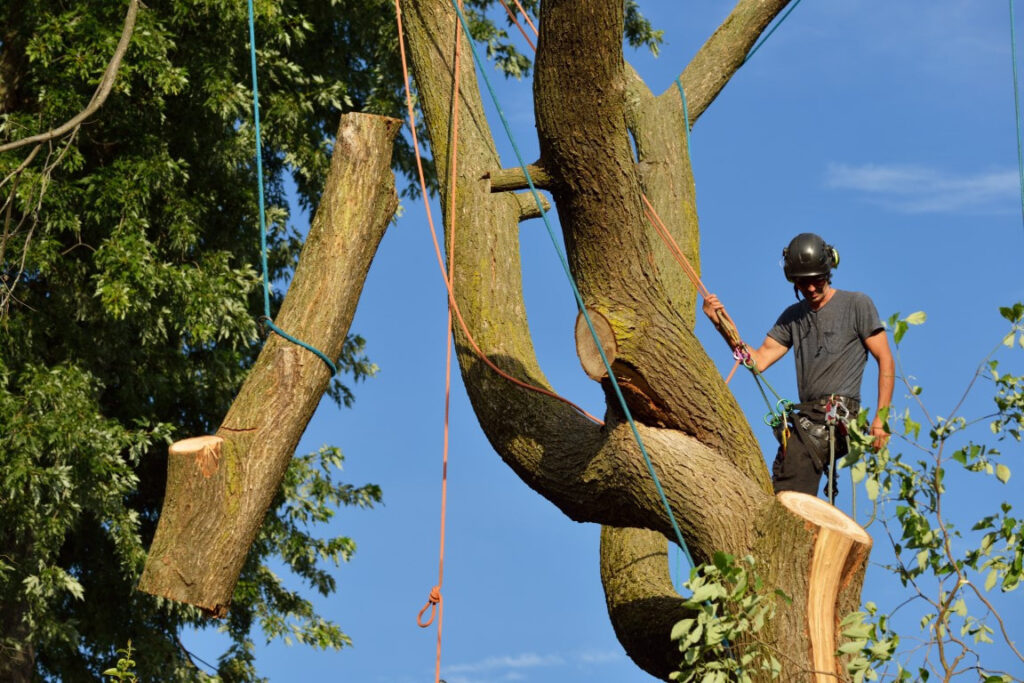Tree removal in Sydney is a significant undertaking that requires careful consideration of both regulations and best practices. With the city’s diverse flora and fauna, understanding the legal implications and the recommended methods for tree removal is crucial for property owners, landscapers, and contractors alike. This guide aims to provide a comprehensive overview of tree removal in Sydney, covering essential regulations, the reasons for tree removal, and the best practices to ensure safe and efficient outcomes.
Understanding the Regulations Surrounding Tree Removal
Before embarking on any tree removal sydney project, it is vital to be aware of the regulations set forth by local councils and state laws. These regulations are designed to protect the environment and ensure that tree removal is conducted responsibly.
Local Council Regulations
Each local council in Sydney has its own set of rules regarding tree removal. Generally, these regulations dictate whether a permit is required, the types of trees that can be removed, and any specific conditions that must be met. For instance, significant trees, often defined by their size, age, or ecological value, may require a permit for removal. Failure to comply with these regulations can result in hefty fines and the obligation to replace the removed tree.
It is advisable to contact the local council before proceeding with tree removal to ensure compliance with any specific requirements. This may include providing evidence of the tree’s condition or the reasons for its removal. Additionally, councils may have specific guidelines on the timing of tree removal, as certain seasons may be more sensitive for local wildlife, particularly during nesting periods for birds or the breeding seasons of other fauna. Engaging with local community groups or environmental organisations can also provide insights into the ecological significance of the trees in question and may even present alternative solutions to removal, such as pruning or habitat enhancement.
State Legislation
In addition to local regulations, state legislation also governs tree removal in Sydney. The NSW Native Vegetation Act 2003 aims to protect native vegetation and biodiversity. Under this act, the removal of native trees may be restricted or require approval from the relevant authorities. It is essential to understand these laws, as they can significantly impact tree removal projects, especially in areas with high ecological value.
Moreover, the Biodiversity Conservation Act 2016 further reinforces the protection of threatened species and their habitats, which may include specific trees deemed critical for the survival of certain wildlife. This legislation underscores the importance of conducting thorough assessments before any removal is undertaken. Property owners might also consider consulting with ecologists or environmental consultants who can provide valuable assessments of the ecological impact of tree removal, ensuring that all legal obligations are met while also promoting the preservation of local biodiversity. Engaging in this due diligence not only aids compliance but also fosters a greater understanding of the intricate relationships within the local ecosystem.
Common Reasons for Tree Removal
Tree removal can be necessary for various reasons, each requiring careful consideration. Understanding these reasons can help property owners make informed decisions about their trees.
Safety Concerns
One of the primary reasons for tree removal is safety. Trees that are dead, dying, or diseased pose a risk to people and property. Weak or unstable trees can fall during storms or high winds, leading to potential injuries or damage. Regular inspections by a qualified arborist can help identify trees that may need removal for safety reasons.
Property Development
Tree removal is often necessary for property development projects. Whether constructing a new building, extending a driveway, or landscaping a garden, trees may obstruct the planned work. In such cases, property owners must ensure compliance with local regulations and consider the ecological impact of removing trees.
Improving Aesthetic Appeal
Sometimes, trees may need to be removed to enhance the aesthetic appeal of a property. Overgrown or poorly positioned trees can block sunlight, obscure views, or create an unbalanced landscape. While this may seem less critical than safety or development concerns, it is still a valid reason for tree removal. However, it is essential to consider alternatives, such as pruning or relocating the tree, before deciding on removal.
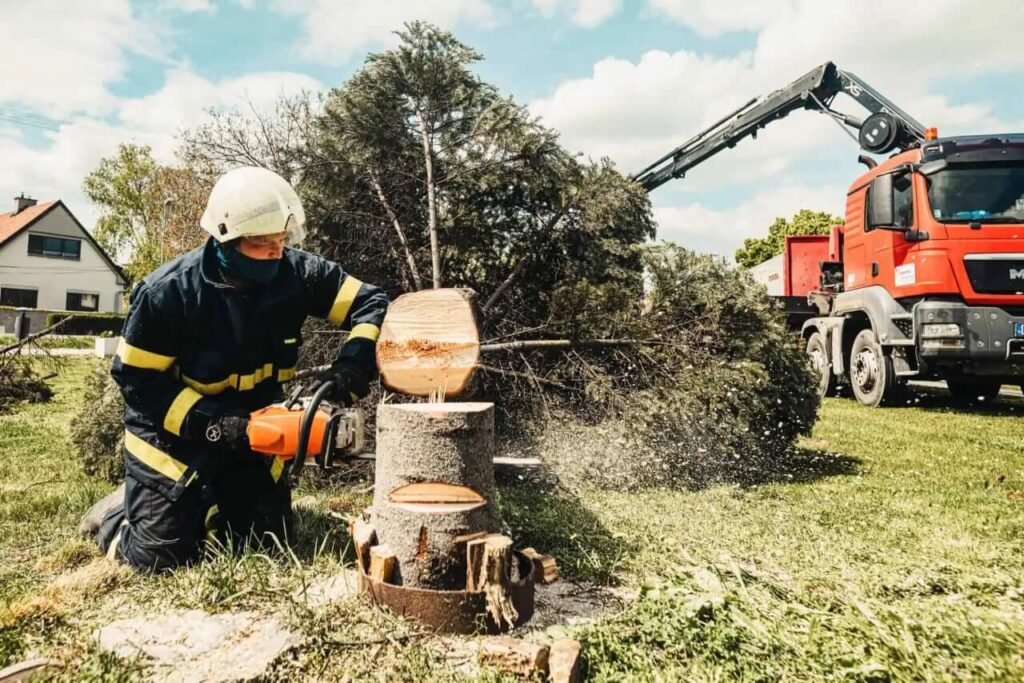
Best Practices for Tree Removal
When tree removal is deemed necessary, following best practices is crucial to ensure the process is carried out safely and efficiently. This section outlines the recommended steps for tree removal.
Engaging Professional Arborists
Hiring a qualified arborist is one of the best practices for tree removal. Professional arborists possess the expertise and equipment necessary to assess the tree’s condition and execute the removal safely. They can also provide guidance on compliance with local regulations and help navigate the permit application process if required.
Additionally, professional arborists can offer advice on tree replacement or alternative landscaping options, ensuring that the ecological balance of the area is maintained.
Preparing for Tree Removal
Preparation is key to a successful tree removal project. This includes assessing the site, determining the tree’s condition, and planning the removal process. Property owners should ensure that the area surrounding the tree is clear of obstacles, such as power lines, buildings, or other trees. This will help prevent accidents during the removal process.
Furthermore, it is essential to inform neighbours about the planned removal, especially if the tree is large or if the process may cause noise or disruption. Open communication can help avoid misunderstandings and foster goodwill in the community.
Post-Removal Considerations
Once a tree has been removed, several post-removal considerations should be addressed. This includes managing the stump and any debris left behind. Stump grinding is a common practice that involves grinding the stump down to below ground level, allowing for easier landscaping and preventing potential hazards.
Moreover, property owners should consider replanting trees or other vegetation to maintain the ecological balance of the area. Selecting native species can enhance biodiversity and contribute to a healthier environment.
Environmental Considerations
Tree removal can have significant environmental implications, making it essential to approach the process with care. Understanding these considerations can help mitigate negative impacts.
Biodiversity and Habitat Preservation
Trees play a vital role in supporting local ecosystems, providing habitat for various species. When removing trees, it is crucial to consider the potential impact on local wildlife. Conducting a thorough assessment of the area can help identify any species that may be affected by the removal.
In some cases, it may be possible to relocate trees or create alternative habitats for displaced wildlife. Engaging with local environmental organisations can provide valuable insights and resources for preserving biodiversity during tree removal projects.
Soil Erosion and Water Management
Tree roots help stabilise soil and prevent erosion. Removing trees can lead to increased soil erosion, particularly on sloped land. To mitigate this risk, property owners should consider implementing erosion control measures, such as planting ground cover or installing retaining walls. Visit https://lecompost.info/finding-quality-tree-removal-near-me-tips-for-choosing-the-right-service/ to get about some tips for choosing the right tree service.
Additionally, trees play a crucial role in water management by absorbing rainfall and reducing runoff. When planning tree removal, it is essential to consider the potential impact on drainage and water quality in the surrounding area.
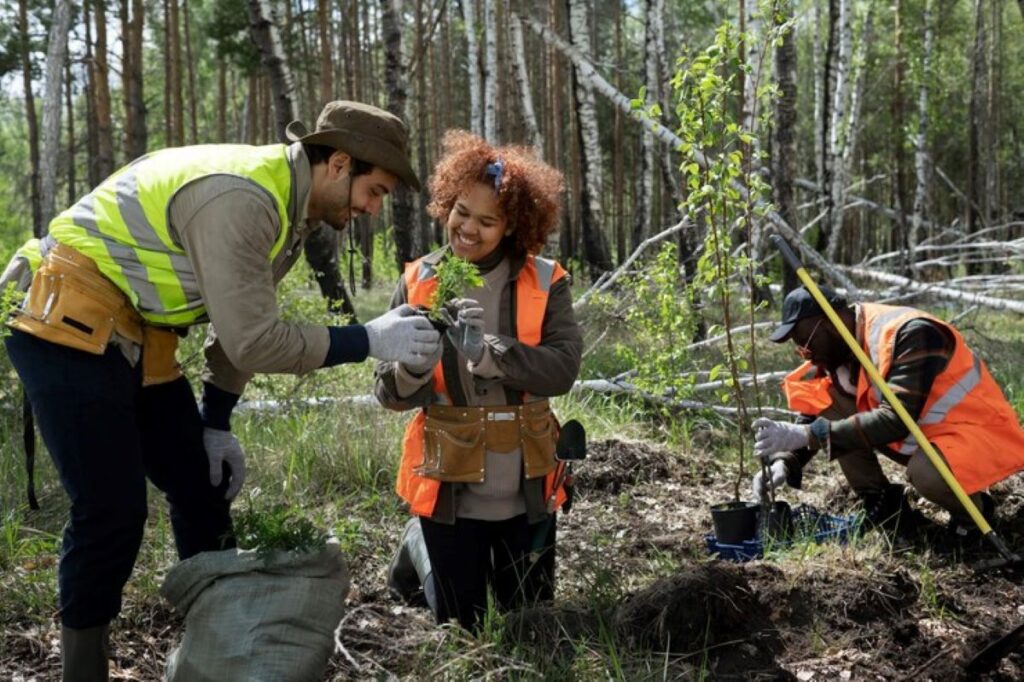
Conclusion
Tree removal in Sydney is a complex process that requires careful consideration of regulations, safety, and environmental impacts. By understanding the local and state regulations, recognising the reasons for tree removal, and following best practices, property owners can ensure that their tree removal projects are conducted responsibly and effectively.
Engaging professional arborists, preparing adequately for the removal process, and considering the ecological implications are all vital steps in ensuring a successful outcome. Ultimately, responsible tree management contributes to the health of Sydney’s urban environment and enhances the quality of life for its residents.
For those contemplating tree removal, it is essential to approach the process with diligence and respect for the natural environment. By doing so, property owners can make informed decisions that benefit both their properties and the wider community.

